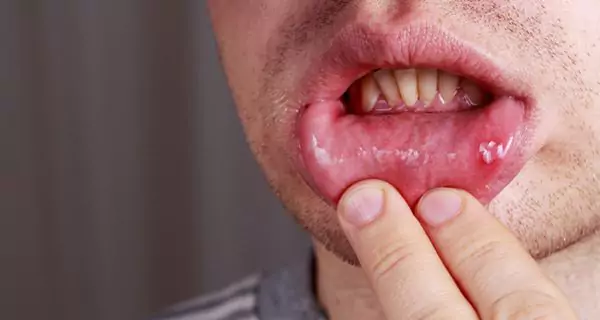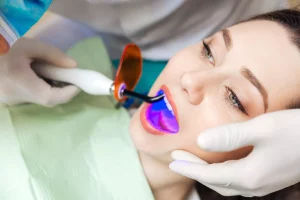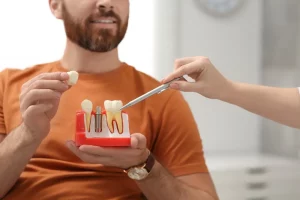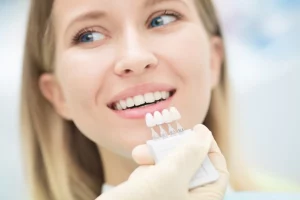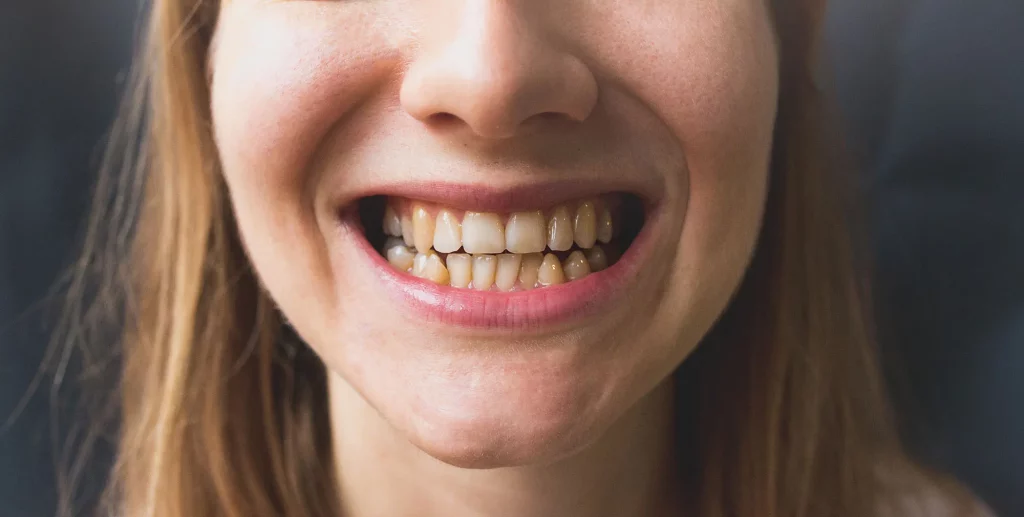Last Updated on: 13th November 2025, 07:42 am
Every athlete trains hard, but smart athletes protect their smile, too.
Playing a sport takes talent, discipline, and dedication. Anyone involved in the world of sports knows that injuries are part of the game—sprains, fractures, and, often overlooked, dental injuries. A sharp elbow, a hard fall, or a hit from a ball can cause serious damage to your teeth.
Knowing how to react in those crucial first moments can make the difference between saving a tooth and losing it. In this article, we’ll explore what dental injuries in sports look like, what to do when they happen, and why timing is more important than you might think.
What are dental injuries in sports?
Dental injuries in sports are any kind of damage to the teeth, gums, lips, or jaw during physical activities. These injuries can be as minor as a small chip in your tooth or as serious as a complete tooth avulsion (when a tooth is knocked out).
While full-contact sports like football, hockey, and rugby carry a higher risk, even non-contact activities like skateboarding, cycling, or gymnastics can result in dental accidents; in short, they can happen to anyone, at any time.
The American Medical Society for Sports Medicine estimates that around 40% of all sports injuries in the U.S. involve the face and mouth. Even more alarming, over 5 million teeth are lost every year, with many due to sports-related incidents.
How do dental injuries happen?
Most dental injuries in sports happen from direct hits to the face or mouth, whether from a fall, a collision with another player, or being struck by a ball or bat.
Surprisingly, many of these injuries are preventable. One major reason they occur is the lack of mouthguard use. A survey by the American Association of Orthodontists (AAO) found that 84% of children don’t wear a mouthguard during organized sports, even when helmets and other gear are required
Without proper protection, even a light impact can lead to chipped, broken, or knocked-out teeth.
The most common dental injuries in sports
Here are some of the most frequent dental injuries you might encounter while playing sports, and what to do immediately after each one.
Tooth fractures (chips, cracks, or breaks)
- What happens: A part of the tooth breaks or cracks, from minor enamel damage to deep fractures that reach the pulp or root.
- What to do: Rinse the mouth with clean water. If there’s bleeding, apply gentle pressure with gauze.
- See a dentist if: you feel pain, sensitivity, or the crack is visible. Deep fractures may need a crown, root canal, or other treatment.
Tooth avulsion (knocked-out tooth)
- What happens: The tooth is completely knocked out of its socket.
- What to do:
- Do not touch the root.
- Try to reinsert it gently into the socket.
- If not possible, store it in milk or between the cheek and gums to keep it moist.
- Do not scrub or let the tooth dry out.
- See a dentist immediately: Time is critical, ideally within 30–60 minutes for the best chance to save the tooth.
Tooth luxation (displaced or loose tooth)
- What happens: The tooth is pushed out of position—forward, backward, or sideways—but it is still attached.
- What to do: Avoid chewing on that side. Do not attempt to reposition it yourself.
- See a dentist promptly: Early stabilization can prevent permanent misalignment or root damage.
Tooth intrusion (tooth pushed into the gums)
- What happens: The tooth is driven upward into the gum and socket, often damaging the root and surrounding bone.
- What to do: Do not try to pull it down.
- See a dentist immediately: This is a serious injury that may require surgery or orthodontic repositioning.
Soft tissue injuries (gums, lips, cheeks, tongue)
- What happens: cuts, bruises, or abrasions inside the mouth due to contact with teeth, braces, or equipment.
- What to do: Apply pressure to stop bleeding and use an ice pack (wrapped in a cloth) for 15–20 minutes to reduce swelling.
- See a dentist if: the wound is deep, bleeding doesn’t stop, or if stitches may be needed.
Jaw injuries (fracture or dislocation)
- What happens: Injury to the jawbone can cause pain, swelling, misalignment, or difficulty opening the mouth.
- What to do: Apply a cold compress and avoid moving the jaw.
- Seek emergency care: Immediate medical evaluation is essential.
When to see a dentist immediately?
Not every dental injury needs immediate treatment, but many do. So, how do you know when it’s time to head to the dentist or even the emergency room?
- Severe or ongoing bleeding (more than 10 minutes).
- Knocked-out tooth: ideally within 30–60 minutes.
- Cracked, fractured, or loose teeth, even without pain, may lead to infection or tooth loss.
- Tooth feels “off” or out of place, which could signal deeper damage.
- Visible swelling or intense pain could indicate nerve or root involvement.
Even if the injury seems minor, it’s always best to visit a dentist after any dental trauma.
What looks like a small chip or slight discomfort might actually be hiding a deeper issue—such as a crack reaching the root, nerve exposure, or bone damage—that can’t be seen without a professional exam.
How dentists treat dental injuries
After a dental injury, it’s essential to get a professional evaluation. Only a dentist can properly assess the damage using a clinical exam and X-rays, which detect internal injuries that aren’t visible, like root fractures or bone trauma.
Once you’re at the dental office, the treatment will depend on the type and severity of the injury. Here’s how dentists typically handle the most common cases:
Fixing chipped or fractured teeth
- Minor chips or cracks are often repaired using tooth-colored composite resin, restoring the natural shape and look of the tooth.
- Deeper fractures that reach the dentin, pulp, or even the root may require more advanced treatment, like a dental crown or root canal to remove damaged tissue and prevent infection.
Saving a knocked-out tooth
- If the tooth is kept moist, your dentist may be able to reinsert it into its socket.
- To stabilize the reimplanted tooth, the dentist will often use a dental splint—a thin wire or fiber that attaches the injured tooth to neighboring teeth for support while the bone and ligament heal. (This process can take several weeks or even months.)
Splinting loose or displaced teeth (luxation injuries)
- If a tooth has been moved out of position or feels loose after trauma, the dentist may need to reposition it carefully and use splinting to keep it in place.
- A splint, typically made of a flexible wire and dental resin, holds the injured tooth stable by connecting it to adjacent teeth.
- This stabilization allows the surrounding bone and tissues to heal properly, reducing the risk of tooth loss.
- Even when the tooth reattaches successfully, it’s common for these teeth to need a root canal later on, especially if the pulp (nerve) becomes damaged or dies as a result of the trauma.
Quick treatment is key, but long-term monitoring is just as important. Teeth that look “fine” after healing might still develop problems months or even years later. That’s why regular follow-up appointments and X-rays are essential after any serious dental injury.
Preventing dental injuries in sports
A little prevention goes a long way. Taking care before an injury happens is always better than dealing with the consequences.
Why mouthguards matter
Wearing a mouthguard is one of the easiest and most effective ways to prevent dental injuries. It cushions the teeth and also helps protect the lips, cheeks, tongue, and jaw.
For best results, opt for a custom-fitted mouthguard made by your dentist. These offer better comfort, fit, and protection than store-bought versions—and they won’t interfere with breathing or speaking.
Training and awareness
Coaches, parents, and athletes should all promote the use of protective gear and educate young players about the risks of dental injuries. Starting early helps build habits that can last a lifetime.
Note that in sports like hockey, baseball, and lacrosse, don’t overlook the importance of helmets and face guards; they’re there for a reason.
Regular dental checkups: a hidden shield
Even if you’ve never had a dental injury, regular dental checkups are key. Your dentist can catch small issues before they become serious and recommend the best protective gear based on the sports you play.
It’s like routine training for your mouth, making sure your teeth stay strong, healthy, and ready for action.
Dental injuries in sports are more common than most people realize, but they don’t have to lead to permanent damage. Acting quickly, handling damaged teeth carefully, and knowing when to seek professional help can make all the difference.
A good defense starts with smart protection. A properly fitted mouthguard can be your best teammate when it comes to keeping your smile safe, on the field, and beyond.
Frequently Asked Questions (FAQ)
References
1. Mayo Clinic Staff. (2022, 30 July). Taking it on the chin: How to manage dental trauma. Mayo Clinic. https://www.mayoclinic.org/medical-professionals/trauma/news/taking-it-on-the-chin-how-to-manage-dental-trauma/mac-20535612
2. Mojarad, F., Farhadian, M., & Torkaman, S. (2020). The Prevalence of Sports-related Dental Injuries and the Rate of Awareness of Mouthguard Use among Child Athletes. The Journal of Pediatric Research, 7(4), 358–364. https://doi.org/10.4274/jpr.galenos.2020.92678
3. Mordini L, Lee P, Lazaro R, Biagi R, Giannetti L. (2021). Sport and Dental Traumatology: Surgical Solutions and Prevention. Dent J (Basel); 9(3):33. https://www.mdpi.com/2304-6767/9/3/33
4. Ranalli, D. N. (2005). Dental Injuries in Sports. Current Sports Medicine Reports 4(1):p 12-17. https://journals.lww.com/acsm-csmr/fulltext/2005/02000/dental_injuries_in_sports.4.aspx
5. Young, E. J., Roger, M. C., Stephens, L. (2015). Common Dental Injury Management in Athletes. Sports Health; 7(3):250-5. https://journals.sagepub.com/doi/10.1177/1941738113486077

